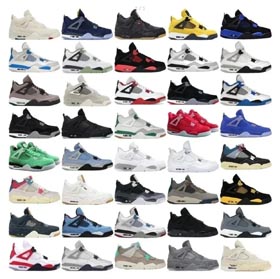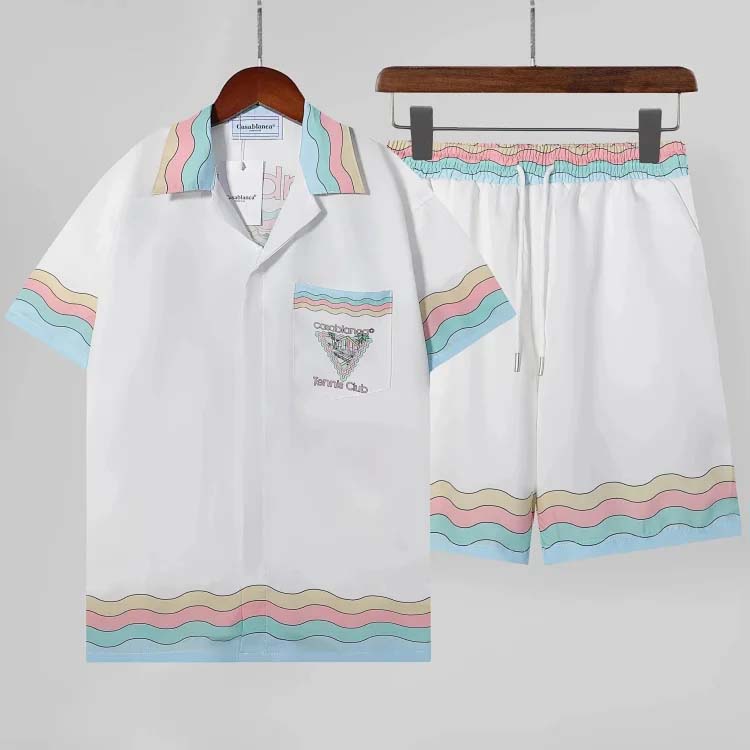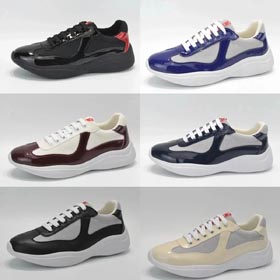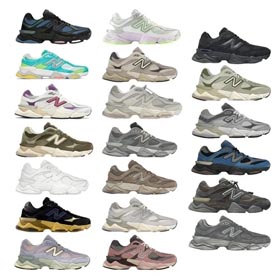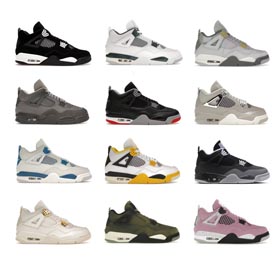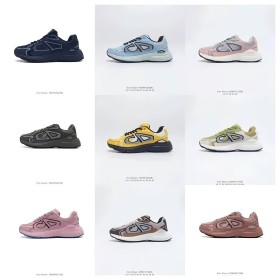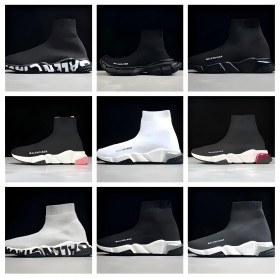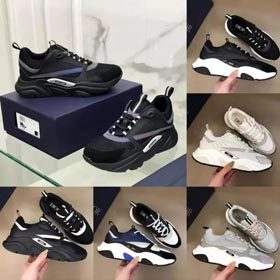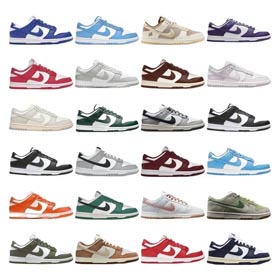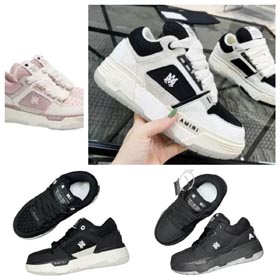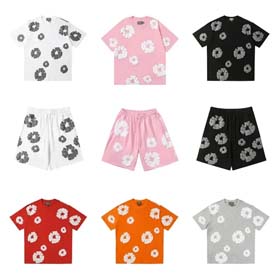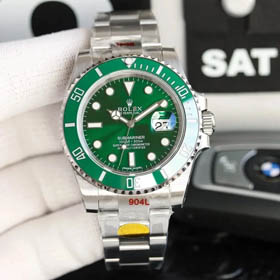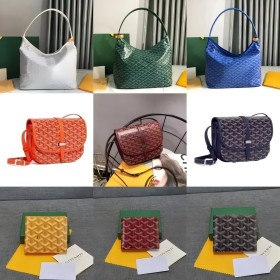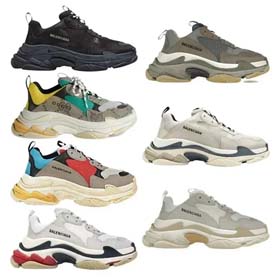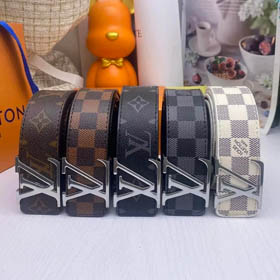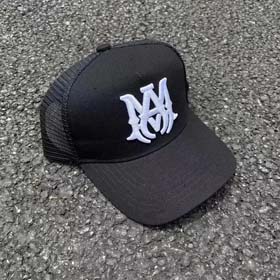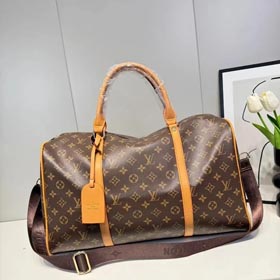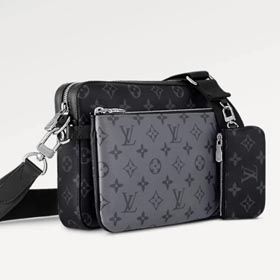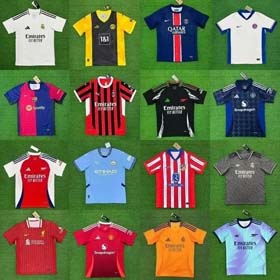The Multidimensional Classic Status of AJ4 Bred
The Air Jordan 4 "Bred" (black/red colorway) has cemented its legendary status in sneaker history through its timeless design, cultural impact, and sustained market demand. Originally released in 1989 and subsequently reissued multiple times, this silhouette designed by Tinker Hatfield represents a perfect fusion of performance basketball shoe innovations and streetwear fashion.
1. Iconic Design Elements
The model's defining features - the visible Air cushioning, plastic wing eyelets, mesh netting panels, and the distinctive "Bred" (black/red) color blocking - created a blueprint for sneaker design aesthetics that remains influential decades later.
2. Cultural Significance
The "Banned" mythology surrounding this colorway (referencing the NBA's initial $5,000 fines for the non-regulation colors), combined with Michael Jordan's historic 1989 "Shot" playoff moment while wearing the shoes, transformed them into cultural artifacts beyond footwear.
3. Collector Market Value
With re-releases in 1999, 2012, and most recently 2019, well-preserved deadstock pairs command premiums as high as 500% over retail price. The Air Jordan 4 collector community
The Cultural Bridge of Cross-Border Resale Platforms
When shopping for AJ4 Breds through international reselling platforms, consumers increasingly value what tech observers call "sneaker edutainment" - the blending of commerce with cultural education.
- Historical Context: Quality platforms enhance product listings with developer interviews, archived ads showcasing the 1989 "Banned" campaign, and comparisons between different release versions.
- Curation Depth: Detailed explainers about the shoe's performance innovations (like the improved ankle support) bridge the gap between vintage collectors and new sneakerheads.
- User Communities: Integrated forums allow international buyers to share styling tips, discuss limited-edition variants (like the 2020 Fire Red iteration), and trade authentic memorabilia.
This approach transforms transactions into cultural experiences - a buyer in Tokyo can appreciate the shoe's Chicago origins, while a collector in Berlin discovers design inspirations from Tinker Hatfield's architecture background.

